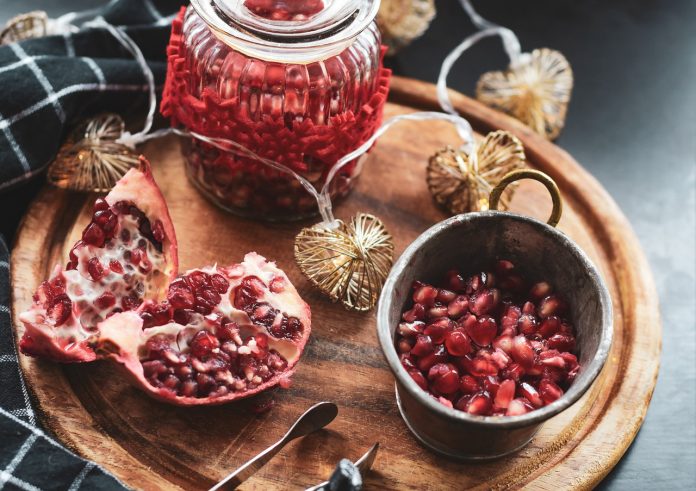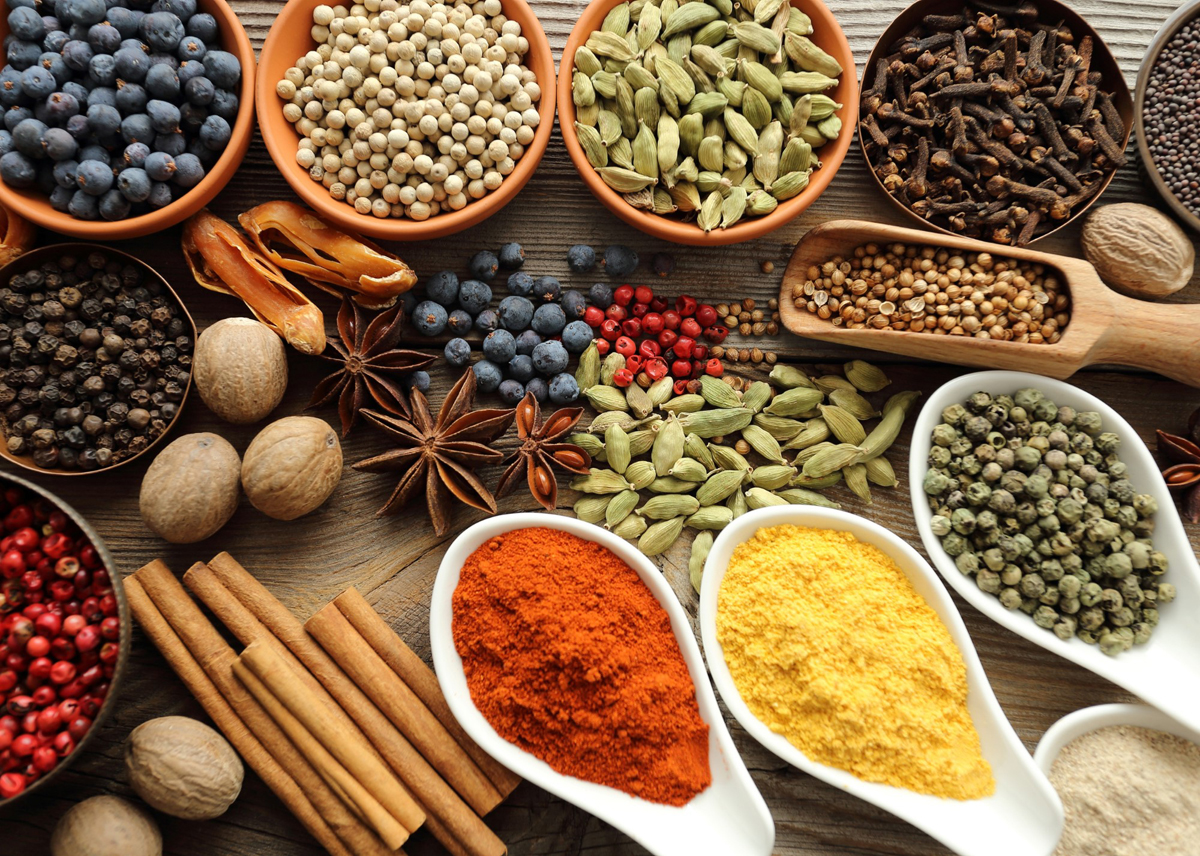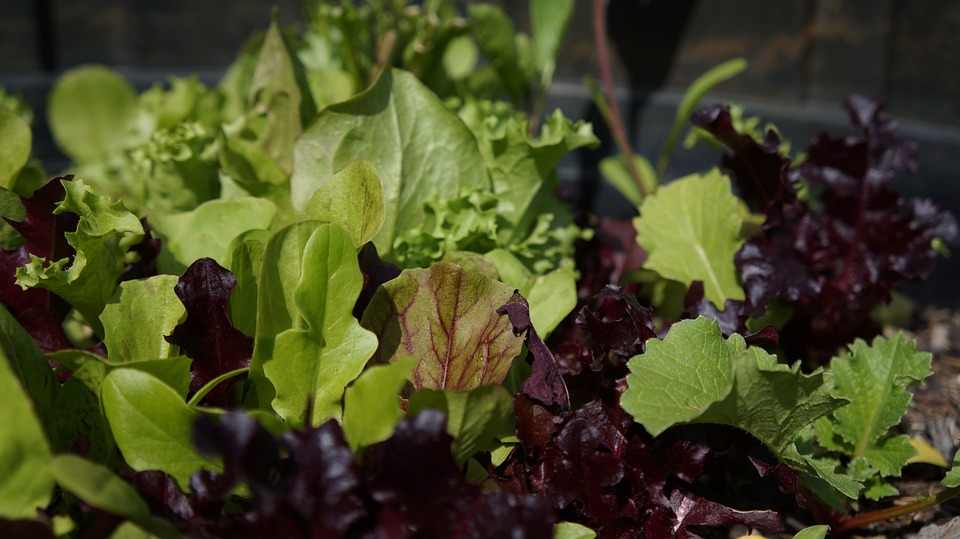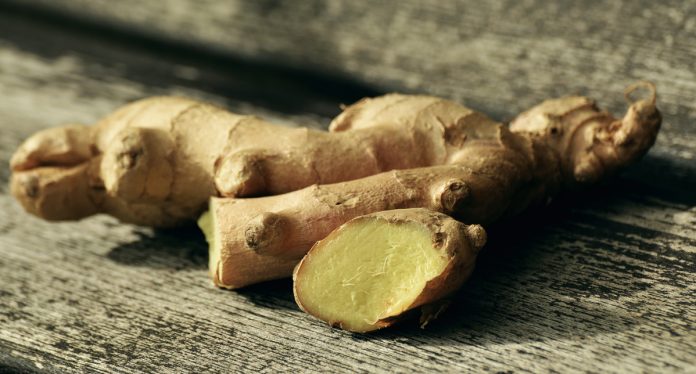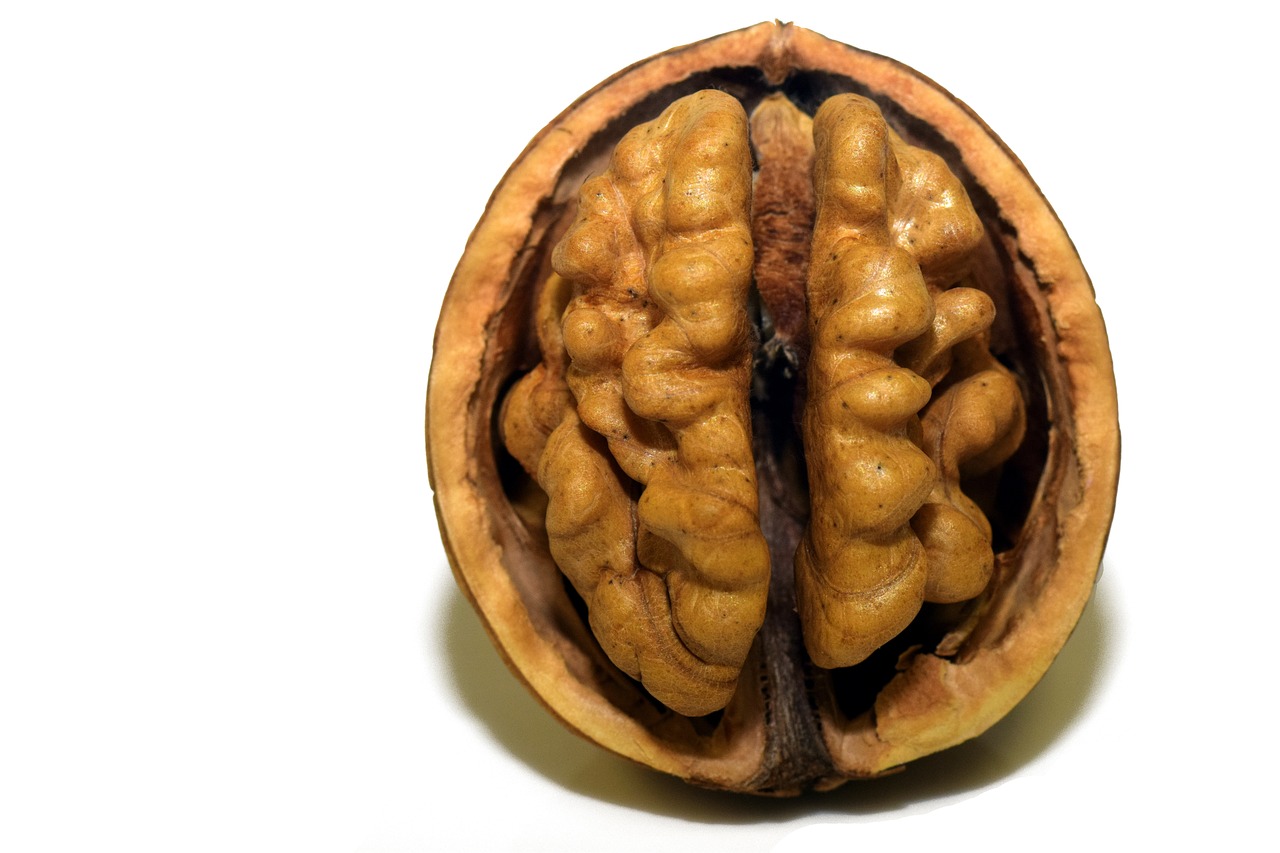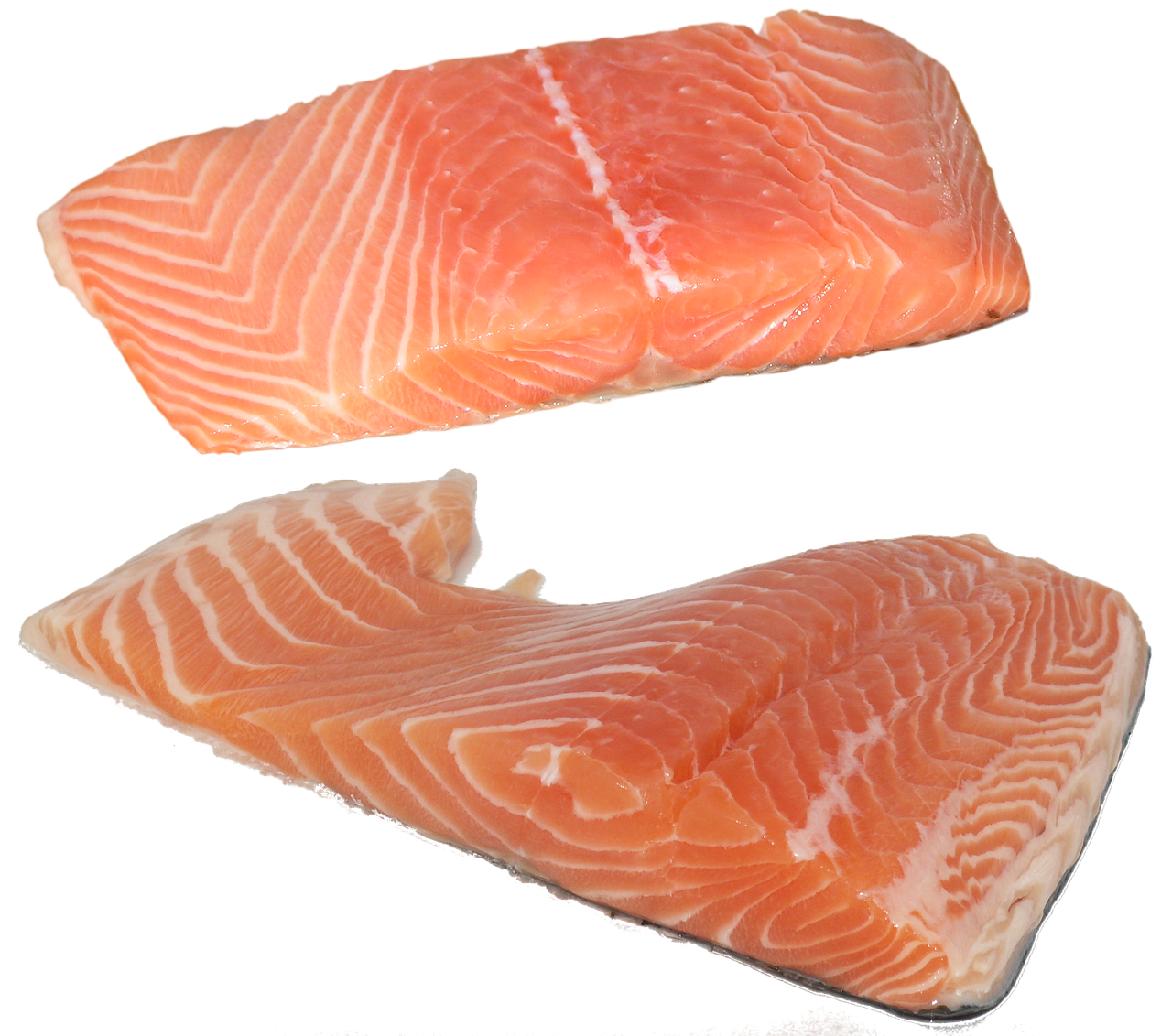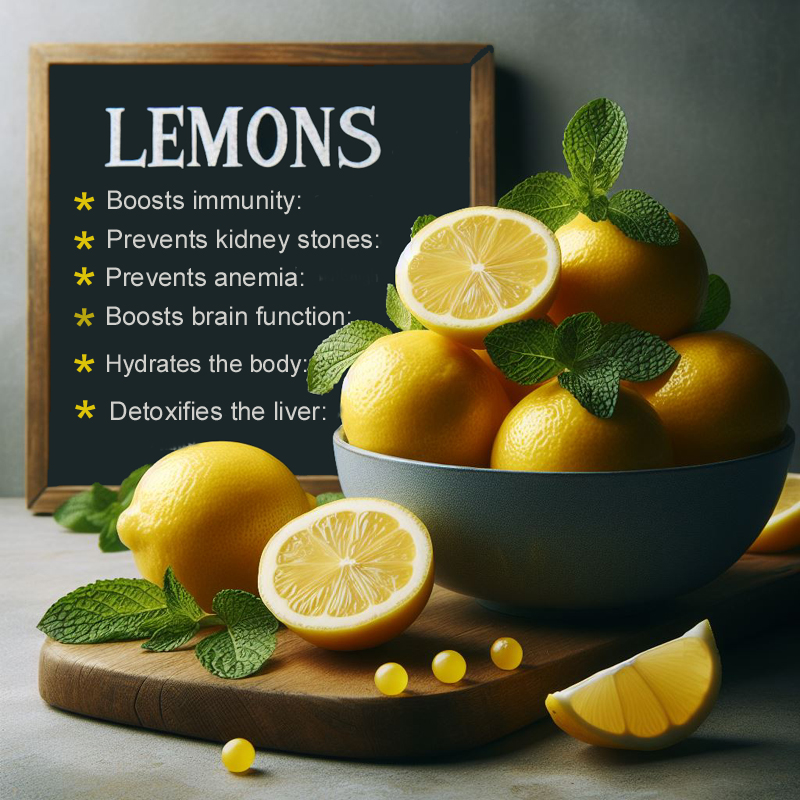Garlic as a Medicine
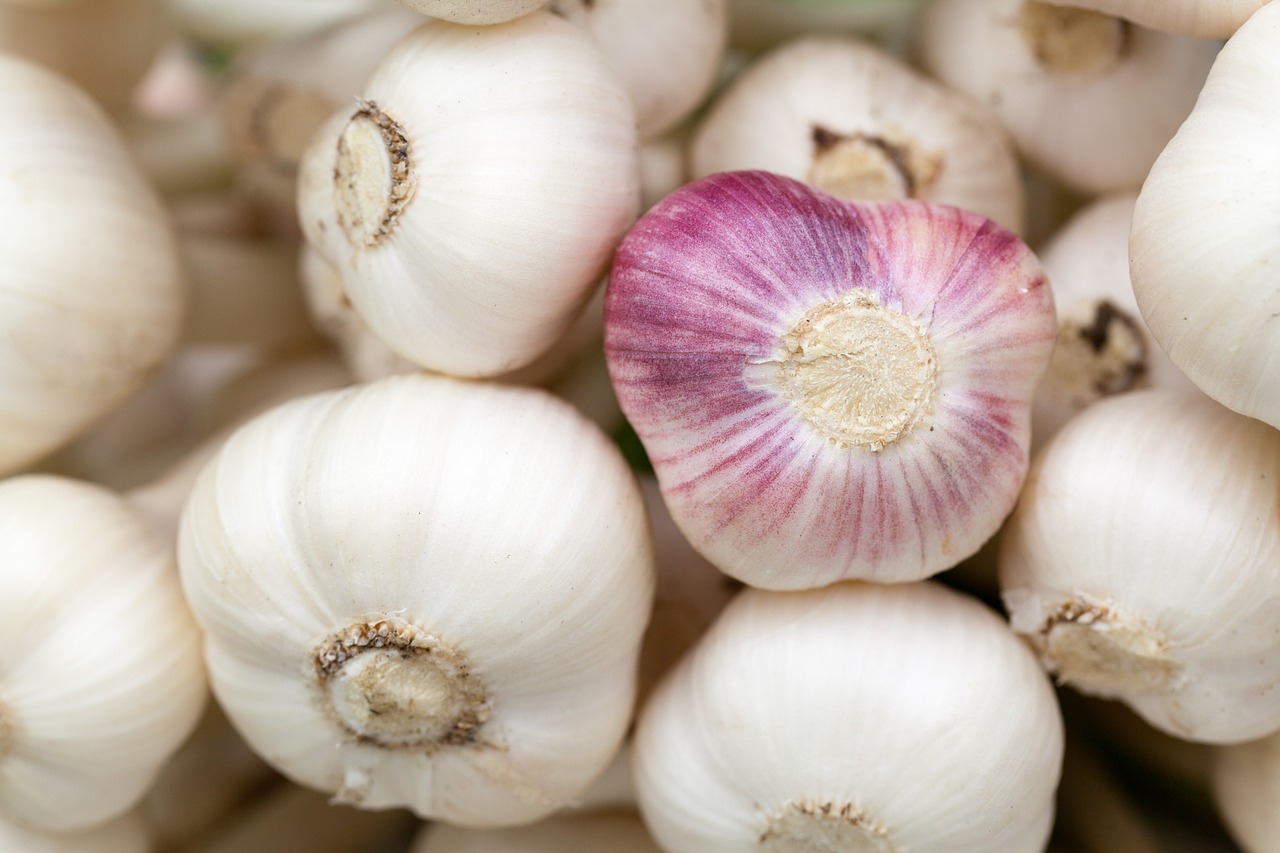
Garlic is otherwise known as Allium sativum. Garlic has been used as both food and medicine in many cultures for thousands of years, dating back to when the Egyptian pyramids were built. In early 18th -century France, gravediggers drank a concoction of crushed garlic in wine they believed would protect them from the plague that killed many people in Europe. More recently, during both World Wars I and II, soldiers were given garlic to prevent gangrene. Today garlic is used to help prevent heart disease, including atherosclerosis (plaque buildup in the arteries that can block the flow of blood and possibly lead to heart attack or stroke), high cholesterol, high blood pressure, and to improve the immune system. Garlic may also protect against cancer.
While the science is not conclusive, research shows promise for garlic in the areas of cancer protection and heart-related risk factors for patients.
Garlic is rich in antioxidants, which help destroy free radicals — particles that can damage cell membranes, interact with genetic material, and possibly contribute to the aging process as well as the development of a number of conditions, including heart disease and cancer. Free radicals occur naturally in the body, but environmental toxins (including ultraviolet light, radiation, cigarette smoke, and air pollution) can also increase the number of these damaging particles.
There are several types of garlic preparations. Most clinical studies have been performed on aged garlic extract or enteric coated, dried garlic tablets. The conditions for which garlic is showing the most promise which include:
Cancer
Garlic may strengthen the immune system, helping the body fight diseases such as cancer. Laboratory studies suggest that garlic may have anti-cancer activity. Studies that follow groups of people over time suggest that people who have more raw or cooked garlic in their diet are less likely to develop certain types of cancer, particularly colon and stomach cancers. Researchers found a 30% reduction in risk of colorectal cancer among people who had a high intake of raw or cooked garlic. Dietary garlic may also protect against the development of breast, prostate, and laryngeal (throat) cancers.
Cardiovascular Disease
Garlic consumption may decrease the progression of cardiovascular disease. Cardiovascular disease is associated with several factors, including raised serum total cholesterol, raised low density lipoprotein (LDL), and increased LDL oxidation (free radical damage), increased platelet aggregation (clumping), hypertension, and smoking. Garlic may help decrease LDL and total cholesterol levels while raising good cholesterols (high density lipoprotein, or HDL), decreasing platelet aggregation (helps the blood flow more easily), and decreasing blood pressure. Recently, garlic was also found to decrease two other markers of cardiovascular disease, homocysteine and C-reactive protein. Garlic may also reduce blood pressure.
Common Cold
A study found that garlic helps prevent and treat the common cold.
- A Women’s Health Study, looked at the garlic, fruit, and vegetable consumption in 41,000 middle-aged women and results that women who regularly consumed garlic, fruits, and vegetables had a 35% lower risk of developing colon cancer.
- Garlic may help the immune system function more effectively during times of need such as in cancer.
- Studies also suggest that aged garlic supplementation may reduce the side effects of chemotherapy, including fatigue and anorexia (lack of appetite). Further, results found that aged garlic decreased heart and intestinal damage commonly seen with certain chemotherapy agents.
Other Uses
- Laboratory studies suggest that large quantities of fresh, raw garlic may have antiparasitic properties against the roundworm, Ascaris lumbricoides, which is the most common type of intestinal parasite.
- Fresh garlic contains allicin, which is reported to have antibacterial, antiviral, and antifungal properties. Garlic consumption may kill bacteria known to cause ulcers and topical application of garlic may help treat fungal skin conditions, such as Tinea cruris and Tinea corporis.
- Garlic may also help combat fatigue.
Plant Description
Garlic is a perennial that originally came from central Asia, and is now cultivated throughout the world. The most important part of this plant for medicinal purposes is the compound bulb. Each bulb is made up of 4 – 20 cloves, and each clove. Garlic supplements can either be made from fresh, dried, aged, or garlic oil, and each may have different effects on the body.
Components of Garlic
There are several important components of garlic that have been identified, and many more that have not. Alliin is an odorless sulfur-containing chemical derived from the amino acid cysteine. When garlic bulbs are crushed, alliin is converted into another compound called allicin. Allicin appears to be one of the primary active compounds that gives garlic its characteristic odor and many of its healing benefits. However, allicin is not absorbed effectively by the human body.
To combat this problem, aged garlic is fermented to break allicin down to usable compounds. These compounds are water-soluble sulfur compounds and a small amount of oil-soluble sulfur compounds. The sulfur containing compounds in aged garlic give the supplement its reported benefits in cholesterol levels, heart disease, and cancer.
Available Forms
Garlic supplements are made from whole fresh garlic, dried, or freeze-dried garlic, garlic oil, and aged garlic extracts.
Not all garlic contains the same amount of active ingredients. There is a wide variation in the amount of important components in both fresh garlic and commercial supplements. The amount of healthy compounds present depends on where the garlic is grown as well as how the product is prepared.
Aged garlic products are made by fermenting garlic. Several clinical studies support the use of aged garlic for cardiovascular disease prevention. Aged garlic is high in sulfur compounds that are easily absorbed and have beneficial effects on heart disease and health.
Precautions
Herbs, however, contain components that can trigger side effects and that can interact with other herbs, supplements, or medications. For these reasons, herbs should be taken with care, under the supervision of a authorized person.
Garlic is considered to have very low toxicity.
Side effects from garlic include upset stomach, bloating, bad breath, body odor, and a stinging sensation on the skin from handling too much fresh or dried garlic. Handling garlic may also cause skin lesions. Other, more rare side effects that have been reported by those taking garlic supplements include headache, fatigue, loss of appetite, muscle aches, dizziness described as vertigo (dizziness), and allergies such as an asthmatic reaction or contact dermatitis (skin rash).
Garlic has blood-thinning properties. This is also important to know if you are going to have surgery or deliver a baby. Too much garlic can increase your risk for bleeding during or after those procedures.
Have a Healthy Life!
The Author:
Ms. G. Jeyalakshmi, HOD, Department of Catering Science and Hotel Management, RVS College of Arts & Science, Coimbatore, Tamil Nadu, is a Culinary Expert having 18Years (Industry and Academic)experience in the field of Hospitality. Cooking is my passion and my hobbies are painting and craft making.


